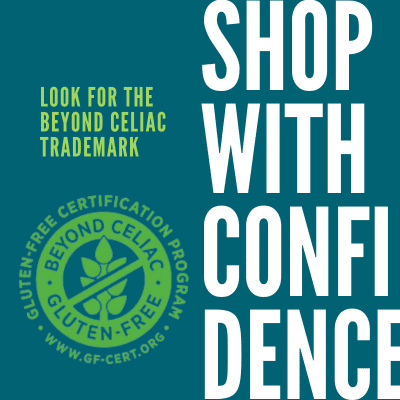Journal Article Sheds New Light on Gluten in Cosmetics
August 31, 2012
Gluten-free expert Tricia Thompson, MS, RD, puts cosmetics to the test; finds gluten content may not be significant.
Gluten in cosmetics is a common concern among consumers with celiac disease and other gluten-related disorders. Typically, they are advised to avoid lipstick and lipgloss that contain ingredients like “wheat germ” or “barley extract,” as those products are most likely to be ingested. However, it was never clear as to how much gluten those products actually contain. Now, a new journal article offers insights and makes the case for more research.
Published in the Journal of the Academy of Nutrition and Dietetics, the article “Gluten in Cosmetics: Is There a Reason for Concern?” highlights the questions that surround gluten in cosmetics and how registered dietitians can advise gluten-free individuals on the use of cosmetics.
In the article, authors Tricia Thompson, MS, RD, an expert in gluten-free testing and labeling, and Thomas Grace, CEO of Bia Diagnostics, reveal the test results of four lip products and two lotions that reported using gluten-containing ingredients. According to the authors, “There was no quantifiable gluten in any of the products tested.” However, the authors note that this was a small sample size, and more research is needed to determine if there is a significant quantity of gluten in cosmetics, specifically in cosmetics that may be used on the hands and lips, that list ingredients containing wheat, barley, rye or oats. (Note: Oats were included because they can become contaminated with gluten.)
The authors noted that current research indicates that gluten cannot be absorbed through the skin, and therefore only poses a problem when it is ingested or if the individual has “skin lesions that allow gluten to be absorbed systemically in great quantities,” according to Dr. Alessio Fasano of the Center for Celiac Research at the University of Maryland.
The authors reiterate that individuals with celiac disease should not be concerned about products applied to the hair or skin, especially if the individual washes his or her hands after use. Individuals who are concerned about gluten in cosmetics that are applied to the lip or may be ingested should avoid products that contain “wheat,” “barley,” “malt,” “rye,” “oat,” “triticum vulgare,” “hordeum vulgare,” “secale cereale,” and “avena sativa,” the authors suggest. Individuals can also call the manufacturer to verify ingredients or look for products that are labeled “gluten-free,” they added.
To read the full article, visit the Journal of the Academy of Nutrition and Dietetics (subscription required).
To read a summary from co-author Tricia Thompson, visit the Gluten Free Dietitian.


